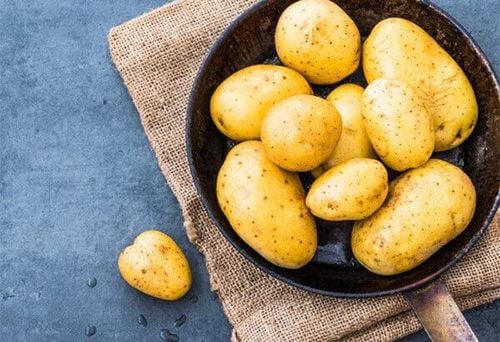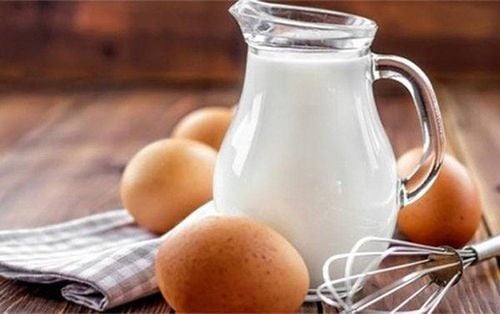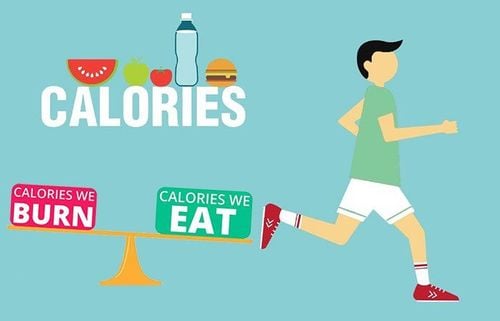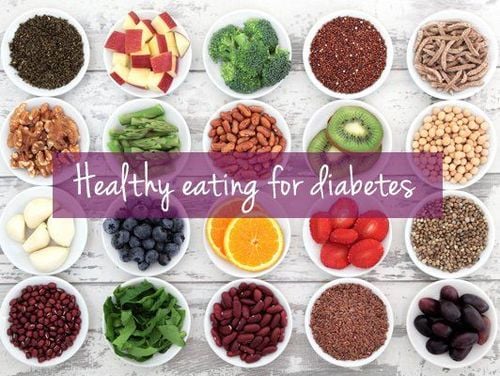Pineapple is a tasty and nutritious fruit, but its high sugar content requires diabetics to eat it cautiously to prevent sudden blood sugar spikes.
1. Can diabetics eat pineapple?
In people with diabetes, stable blood sugar control, close to normal is extremely important, helping patients live healthy and prevent complications. For good blood sugar control, doctors advise diabetics:
- Have a healthy, balanced diet
- Control the food intake, especially the amount of carbohydrates in food
- Have a suitable physical training regimen and use drugs as prescribed by the doctor
Can diabetics eat pineapple?
Pineapple is a delicious and nutritious fruit. Pineapple contains a lot of vitamin A, vitamin C, fiber, antioxidants and minerals such as calcium, magnesium, phosphorus, potassium... which are very good for health. However, because it contains carbohydrates and natural sugars, people with diabetes should not eat too much pineapple. The amount of pineapple eaten must be appropriate, balanced with the rest of the diet and treatment course.
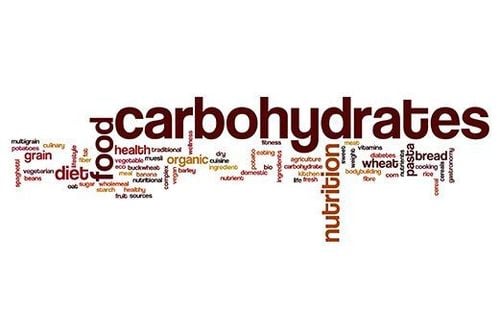
There are 3 methods that can help balance the diet in patients with type 2 diabetes:
- Method of calculating the amount of carbohydrates
- The plate method (the plate method)
- Method based on glycemic index (GI)
2. How to eat pineapple when suffering from diabetes?
Let's find out how to eat pineapple when you have diabetes safely according to each method:
2.1. Method to Calculate Carbohydrate
To specifically treat diabetes, the doctor will rely on the specific condition of the patient, set the target blood sugar level and the amount of carbohydrates the patient uses per day to achieve that target blood sugar level.
Doctors typically recommend 45–60 grams of carbohydrates per main meal and 15–20 grams per snack for diabetics. However, this number can fluctuate depending on the target blood sugar level.
What fruits can diabetics eat? People with diabetes can eat their favorite foods but must ensure that the total amount of carbohydrates is within the prescribed range. Thus, if pineapple is a fruit with high carbohydrate content, patients must cut down on other carbohydrate-containing foods such as bread, potatoes,...
The table below shows the amount of carbohydrates in different pineapple servings:
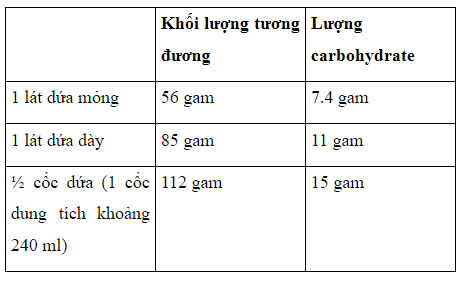
People who eat pineapple with diabetes should note that, in 7.4 grams of carbohydrates of a thin slice of pineapple, up to 5.5 grams are natural sugar. An 85-gram slice of pineapple contains up to 8.3 grams of natural sugar. This type of sugar has a simple structure, the body will digest and absorb it faster than other carbohydrates, so it can quickly increase blood sugar after eating.
Canned pineapples, concentrated pineapple syrup, pineapple juice also have a higher amount of carbohydrates. Therefore, diabetics need to check the information on the product label before using.
2.2. Food plate method
The plate method helps diabetics balance their diet by organizing food portions effectively. With a plate with a diameter of about 23 cm (9 inches), diabetics can arrange foods as follows:
- Half of the plate is non-starchy vegetables such as broccoli, salad, carrots,...
- 1⁄4 of the plate is proteins such as meat, tofu, eggs,...
- 1⁄4 plate is starch-rich foods such as whole grains, pasta, potatoes
Besides the food plate, the American Diabetes Association (ADA) suggests adding a medium-sized piece of fruit or a cup of low-fat fruit and milk.
2.3. Method for Monitoring the Glycemic Index
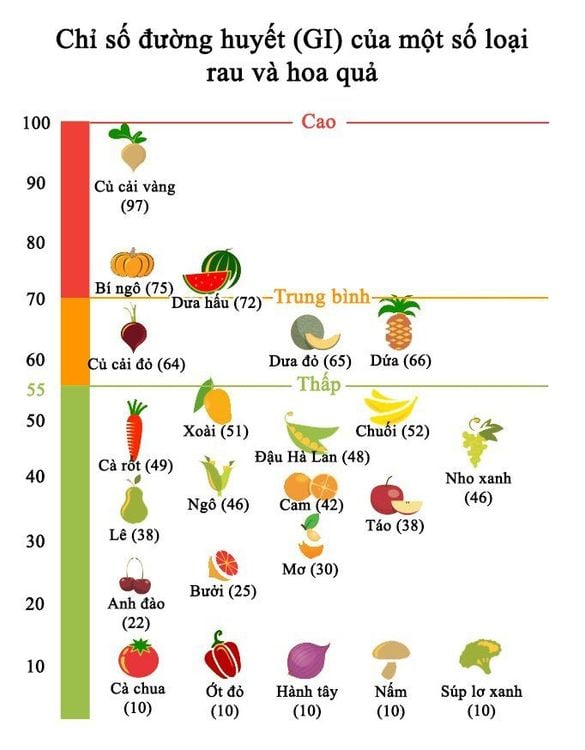
The Glycemic Index (GI) is a measure used to evaluate how quickly or slowly foods raise blood sugar levels after consumption. The GI scale ranges from 0 to 100, with glucose assigned a value of 100 and water a value of 0. The GI of a food depends on factors such as:
- The sugar, starch, and fiber content of the food
- The ripeness of the food and cooking methods
High-GI foods are less suitable for diabetics as they can cause rapid blood sugar increases. In the international GI scale, pineapple's GI ranges from 51 to 73, depending on the variety. However, Malaysian pineapple has an exceptionally high GI of up to 82. Additionally, whole pineapple has a lower GI compared to pineapple juice. Ripe pineapple has a higher GI than less ripe pineapple. The GI of pineapple can also be influenced by other foods consumed in the same meal.
3. Tips for Eating Pineapple Safely with Diabetes
If you have diabetes, you can include pineapple in your diet as part of a healthy and balanced meal plan. Choose fresh pineapple or canned pineapple with no added sugar, and avoid high-sugar products like pineapple syrup or pineapple juice.

When adding pineapple to your diet, monitor your blood sugar levels regularly to assess its impact. If pineapple significantly raises your blood sugar, consider eating a smaller portion or reducing other carbohydrate-containing foods in your meal.
Consult your doctor before making changes to your diet, especially when adding fruits with high carbohydrate content to your meals.
To arrange an appointment, please call HOTLINE or make your reservation directly HERE. You may also download the MyVinmec app to schedule appointments faster and manage your reservations more conveniently.




